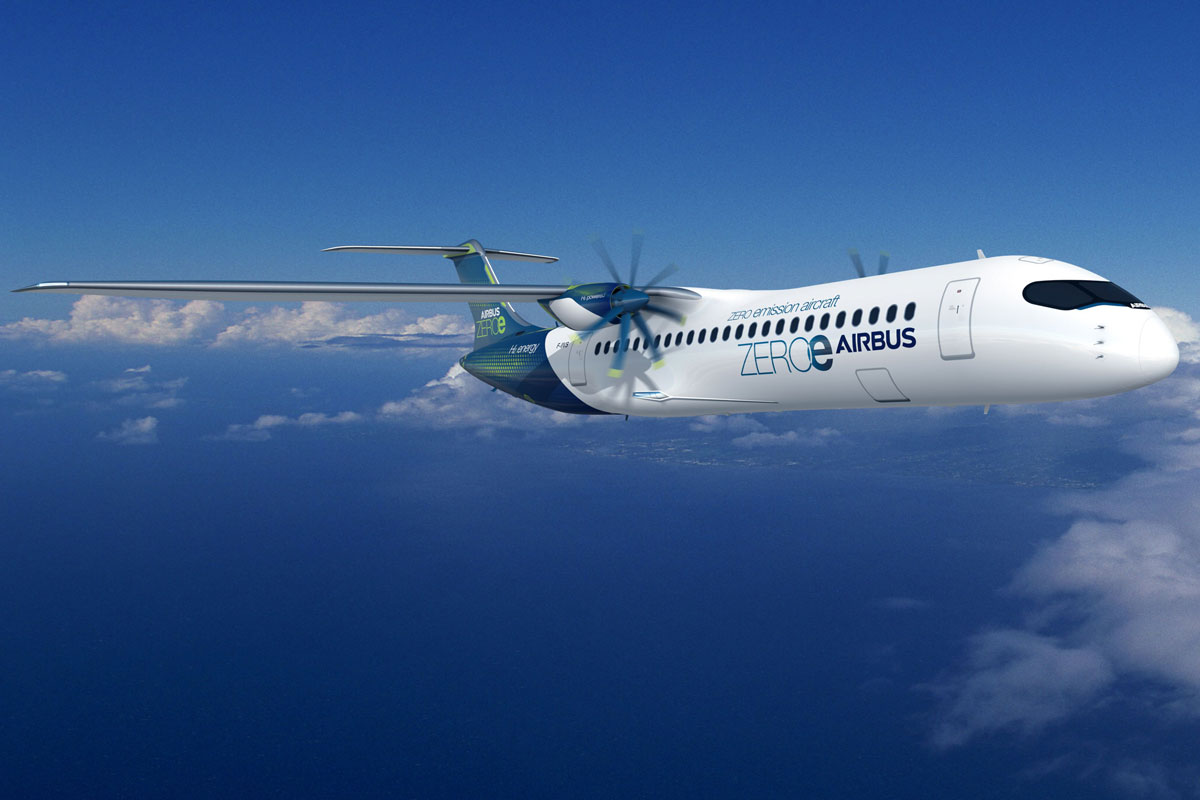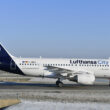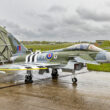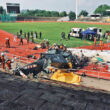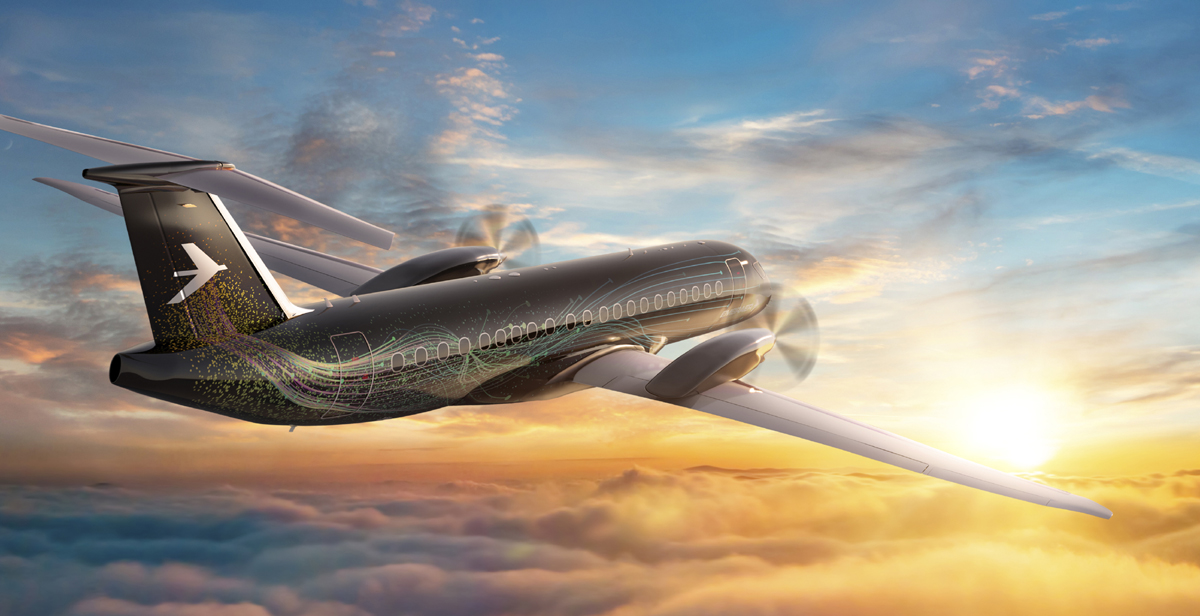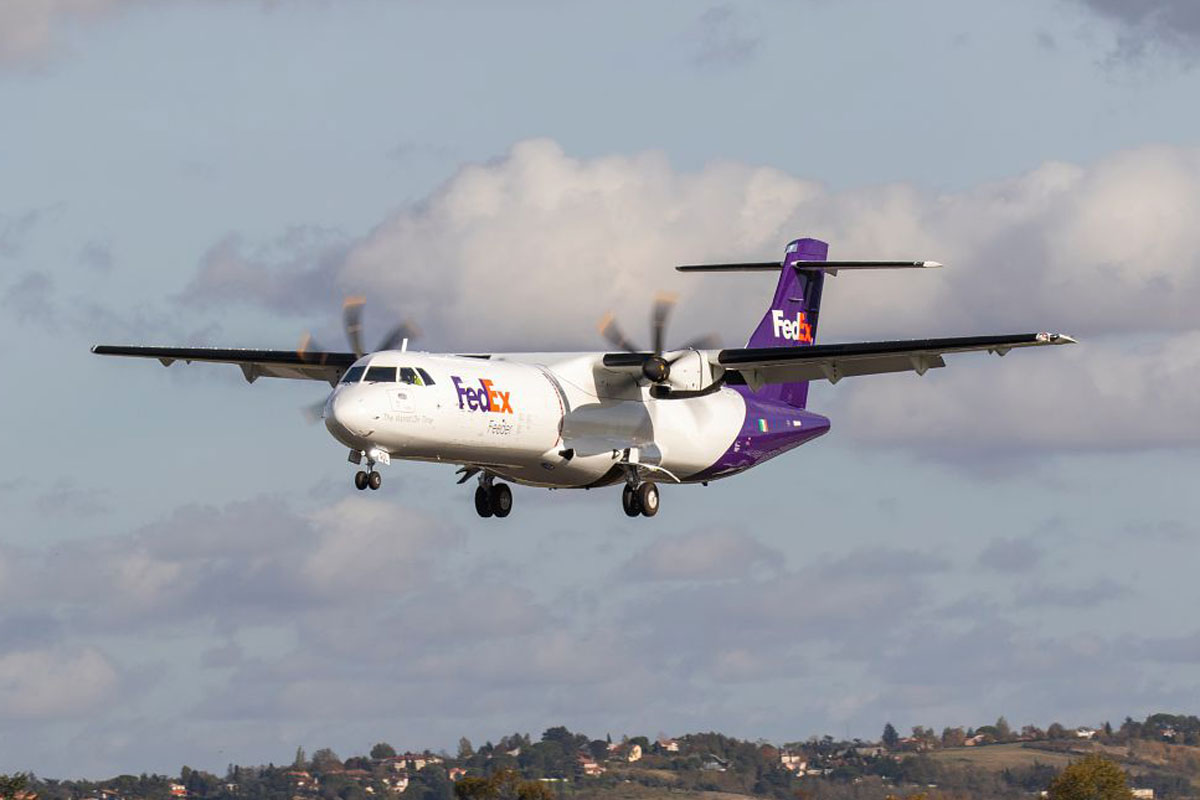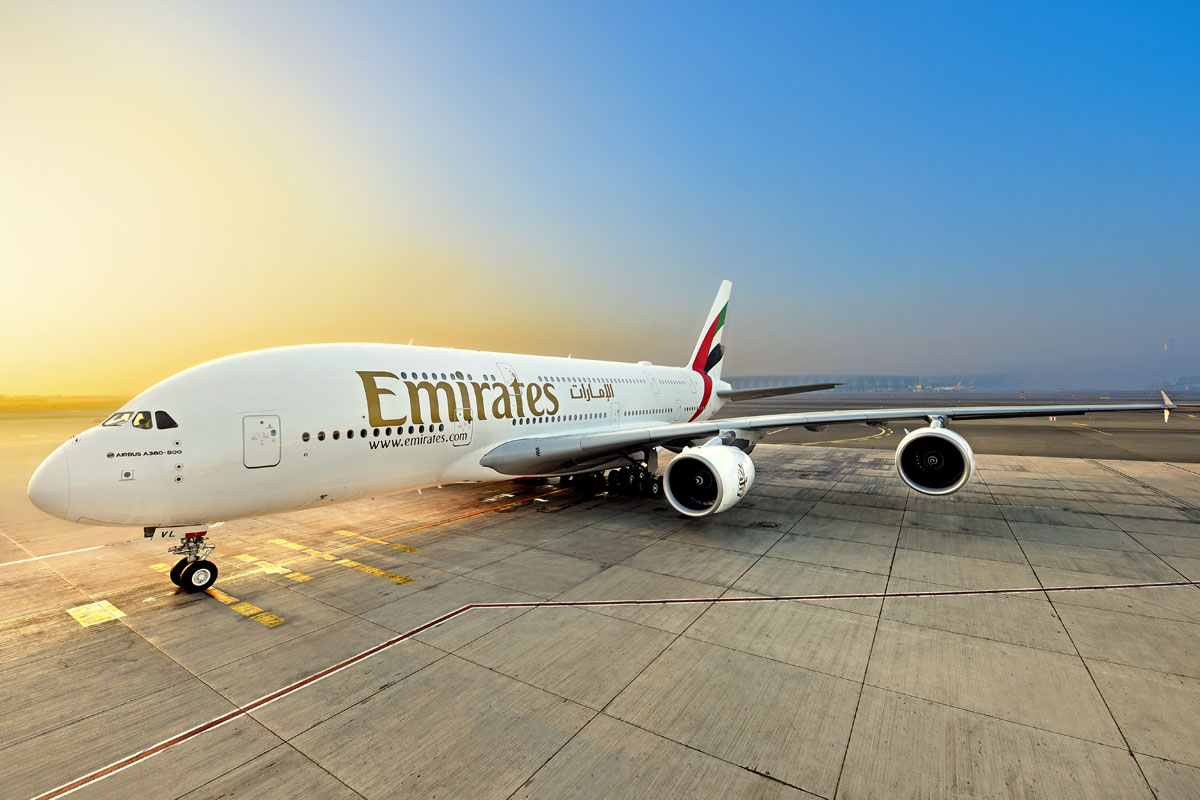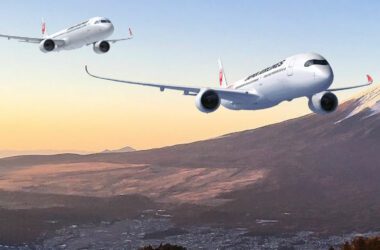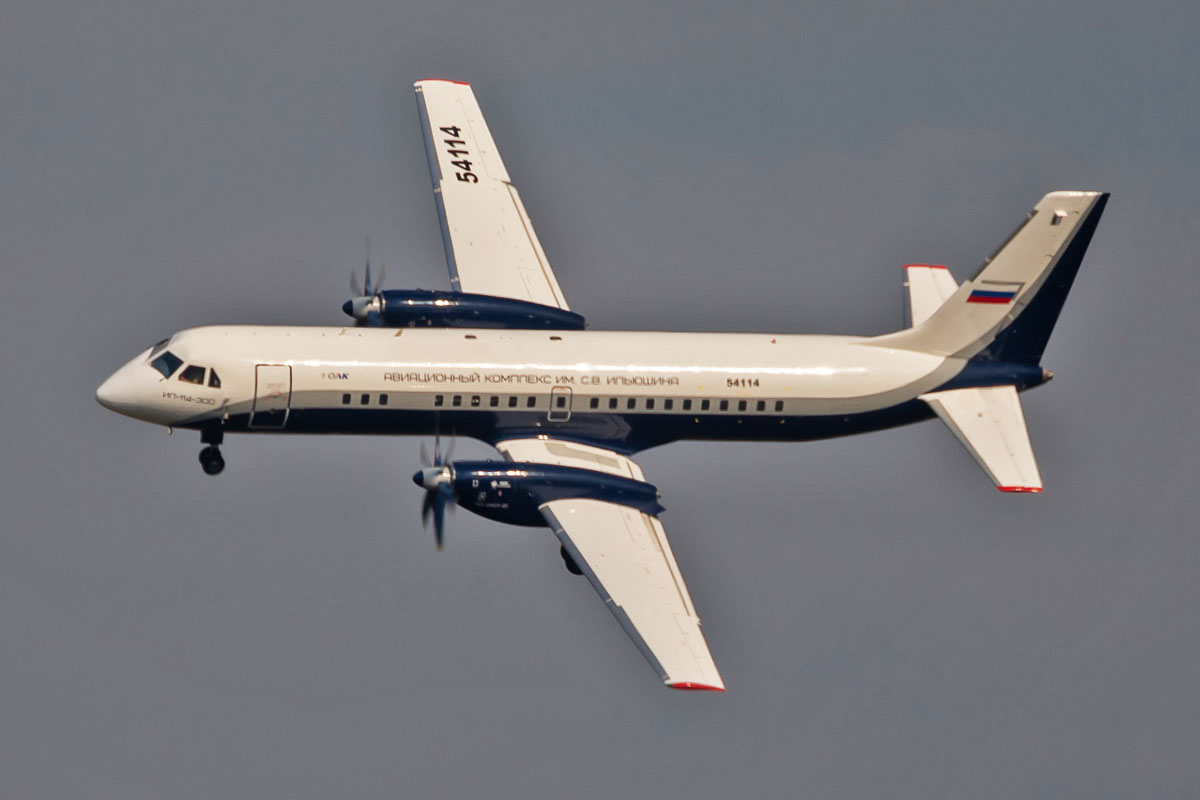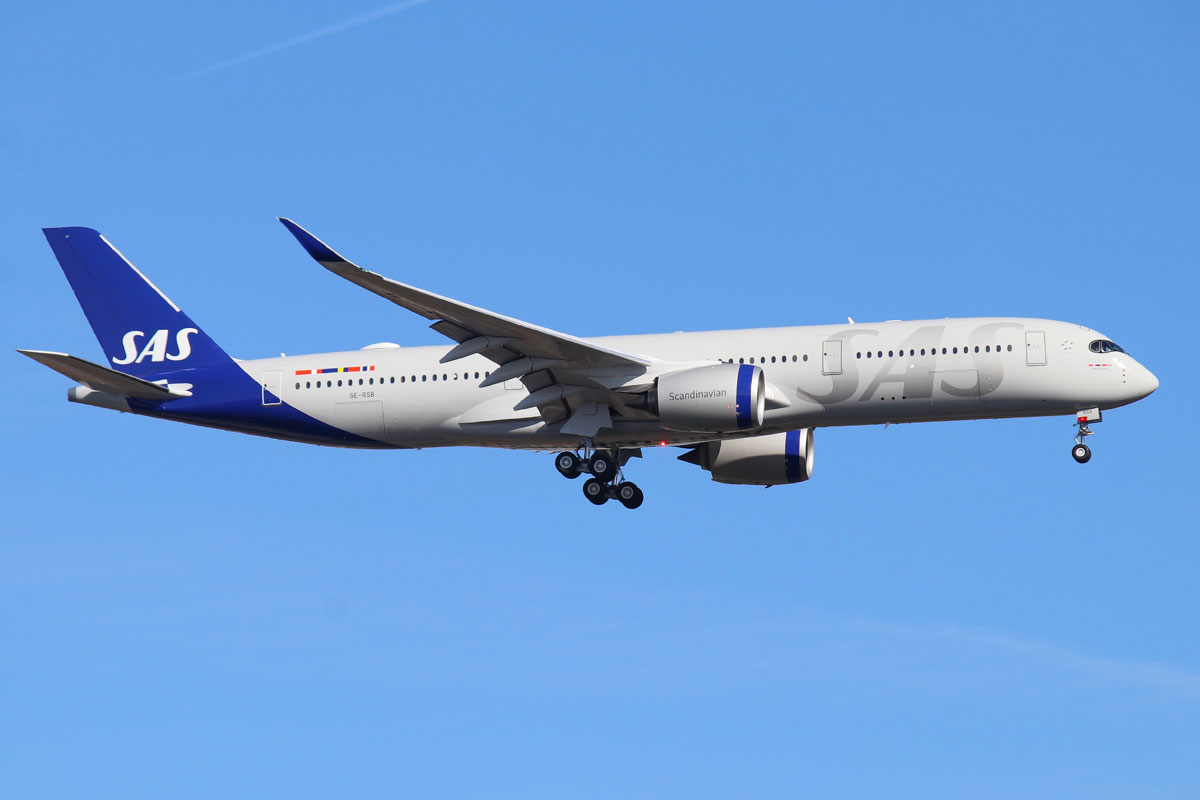Embraer revealed last week that it believed in demand for 5,500 aircraft up to 150 seats in the next decade. Of this outlook, 20% of the aircraft will be turboprops, a segment in which the Brazilian planemaker currently does not have a product.
This situation, however, is expected to change as the planemaker studies a new aircraft with a capacity of 70 to 100 seats. The project, however, depends on the participation of risk partners to share the massive investment.
If completed, the new turboprop aircraft is expected to hit the market in the middle of the next decade and therefore will absorb only part of the estimated demand of around 1,080 aircraft.
In other words, at the same time that Embraer sees potential on its plane, it seems to indicate that the future market for turboprops is limited. Although a program like that of this airplane has a very long life cycle if it is successful (as is the ATR, which has been in the market for about 35 years), it is assumed that there is a significant demand to justify this bet.
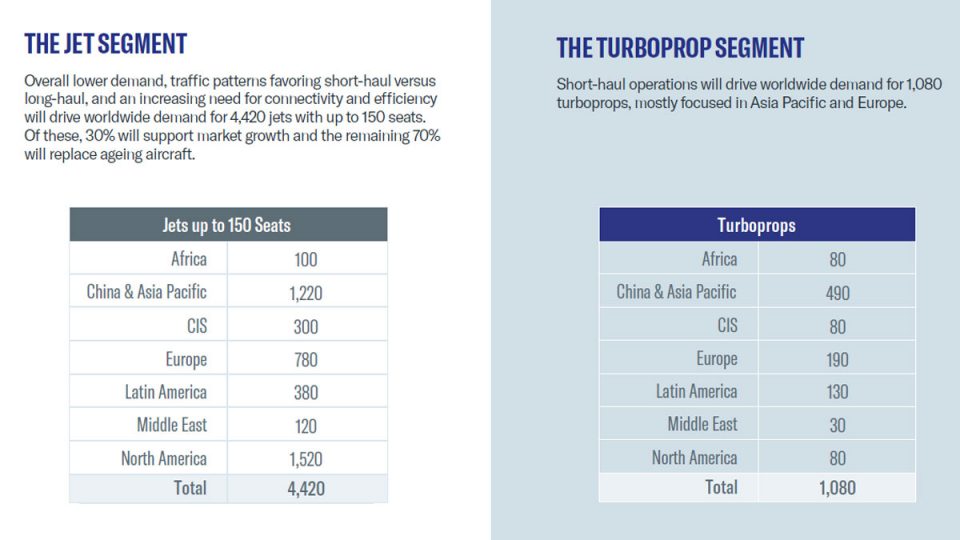
The prospects for the Brazilian turboprop are further obscured by the fact that Embraer sees in Asia the market with the greatest potential for new aircraft. Almost half of these orders will be placed in the region, or 490 units.
However, China, the region’s largest market, is investing in its own models such as the MA 700, an aircraft similar to the ATR 72 that is expected to enter service in the coming years.
In addition, both ATR and De Havilland will continue to offer their successful models. The Italian-French manufacturer, in fact, should develop a successor for the ATR 42 and 72 with clean energy propulsion, something that Embraer still avoids considering in the commercial aircraft.
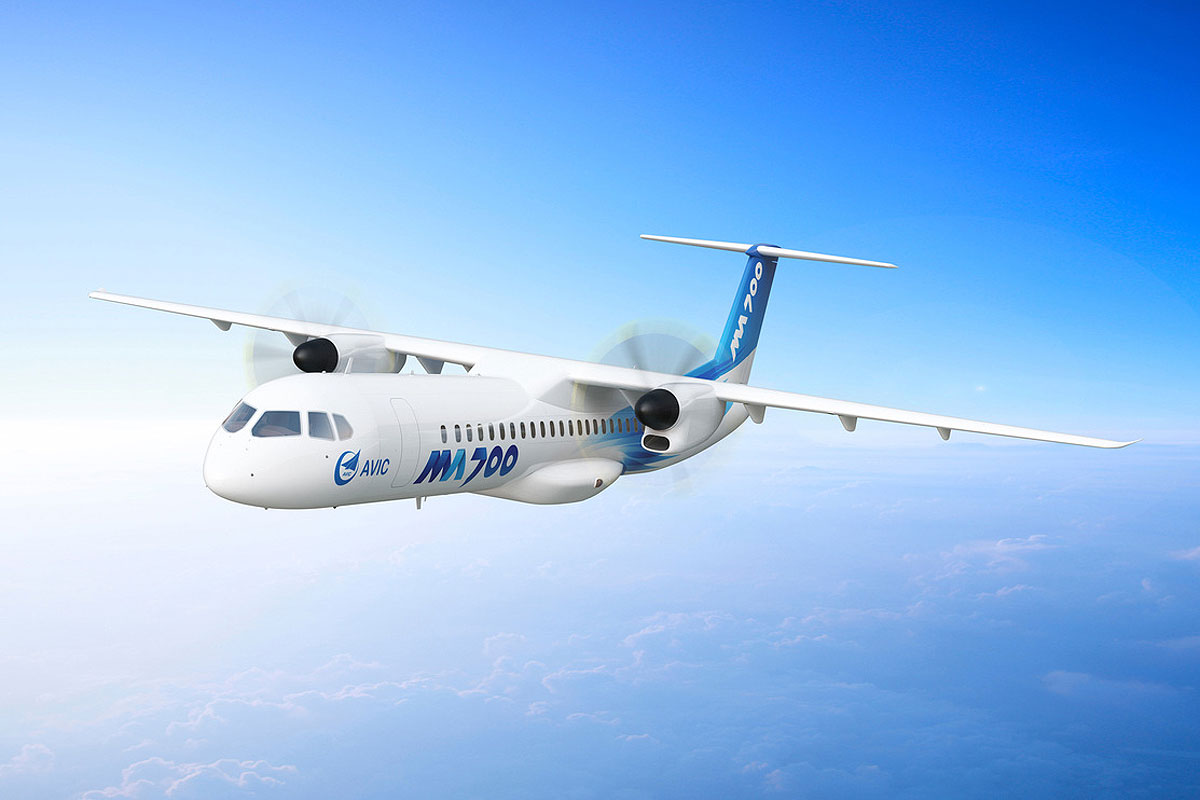
In favor of the Brazilian company is the fact that the model under study offers more capacity and occupies a market today without competitors. With new technologies, the aircraft will certainly have a very attractive operating cost, but it is too early to estimate how many airlines would give up jets (such as Embraer’s own E-Jets) to invest in a type of aircraft that is not so popular with passengers.
The goal, however, should be to produce a very large quantity of this new aircraft, as the company managed with the ERJ line and the E-Jet family, and not to repeat the modest orders of the EMB-120 Brasilia, Embraer’s last passenger turboprop, which only 350 units were produced.
Certainly, there are several challenges ahead before Embraer confirms its return to the turboprop market.
